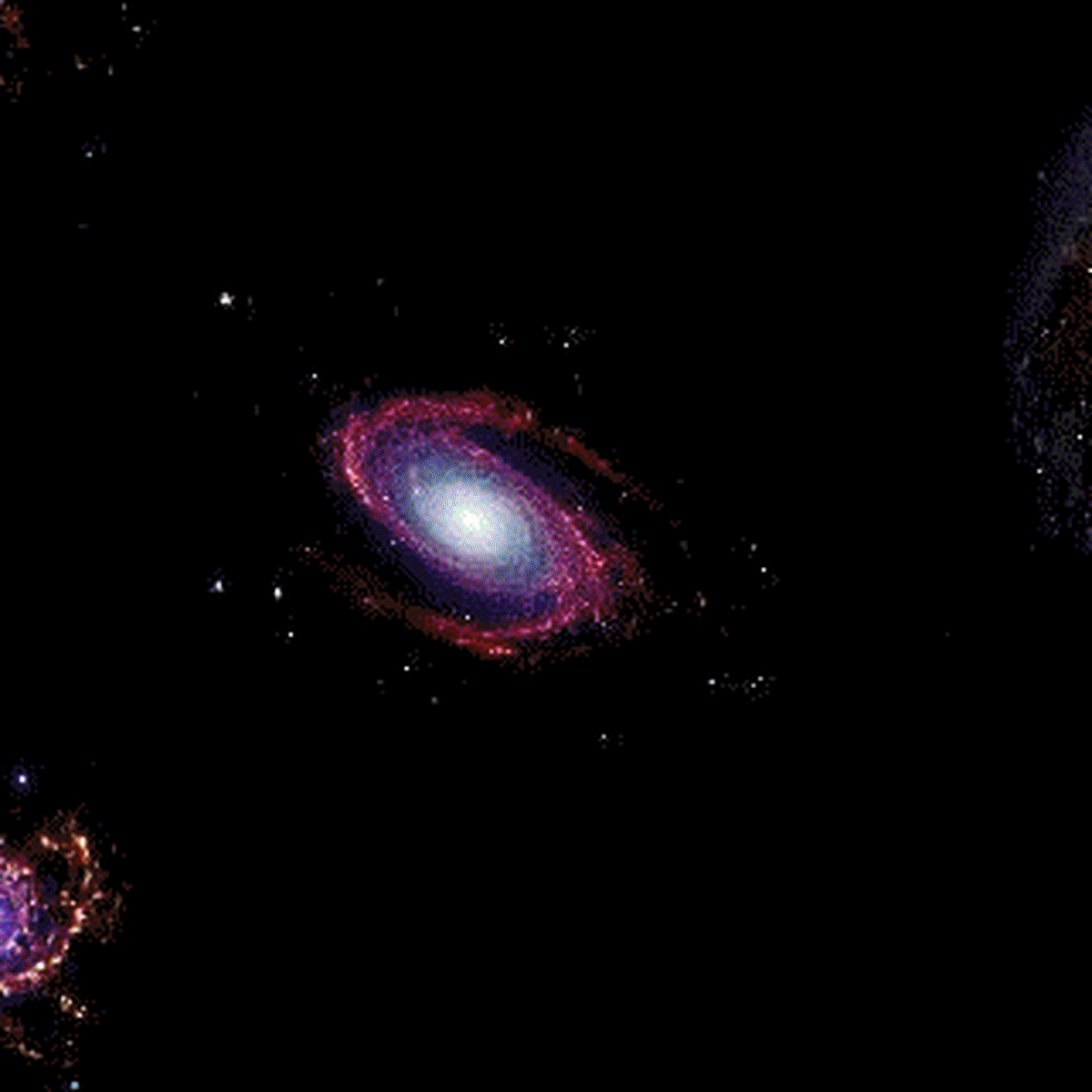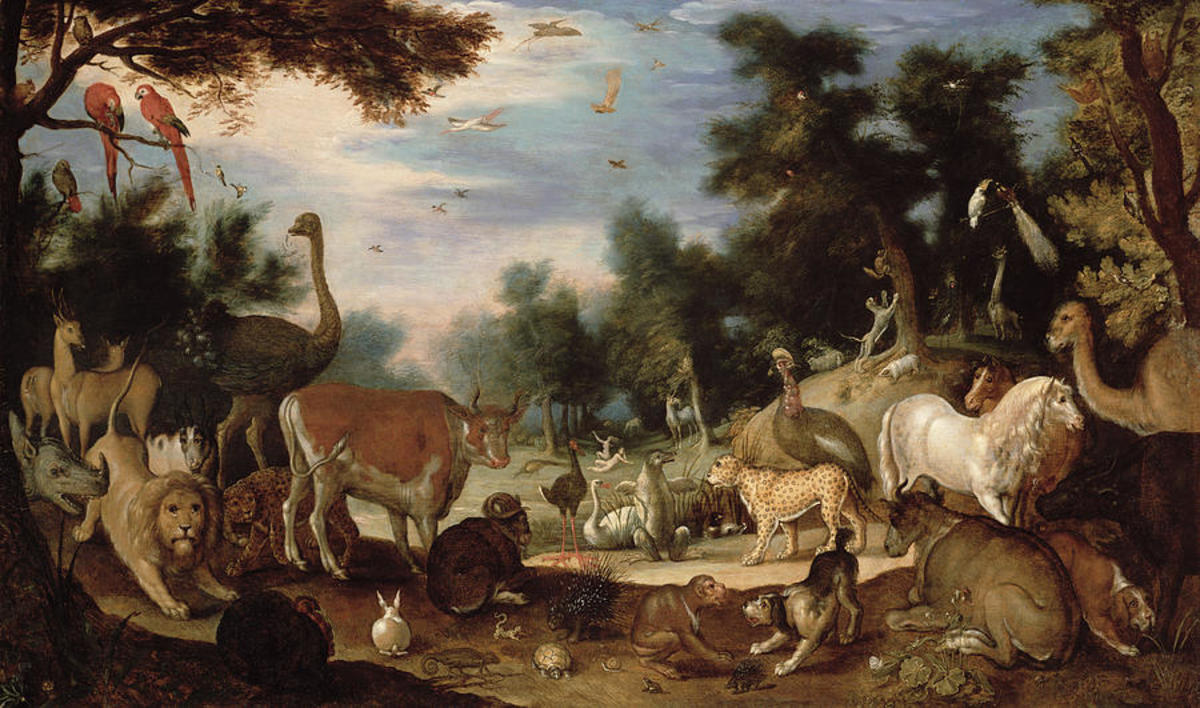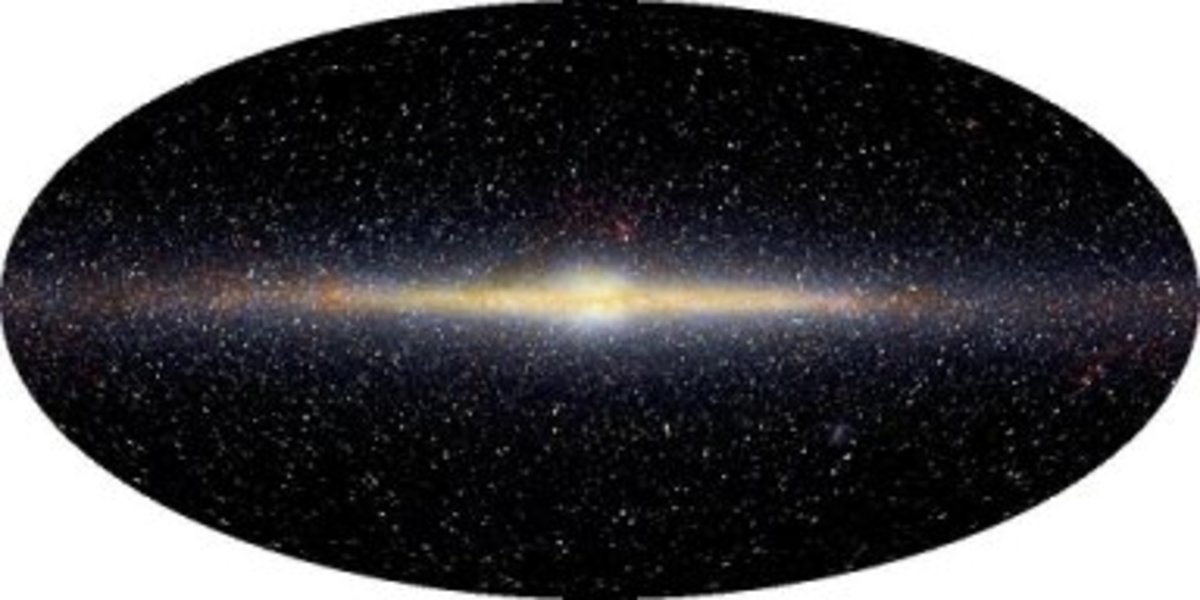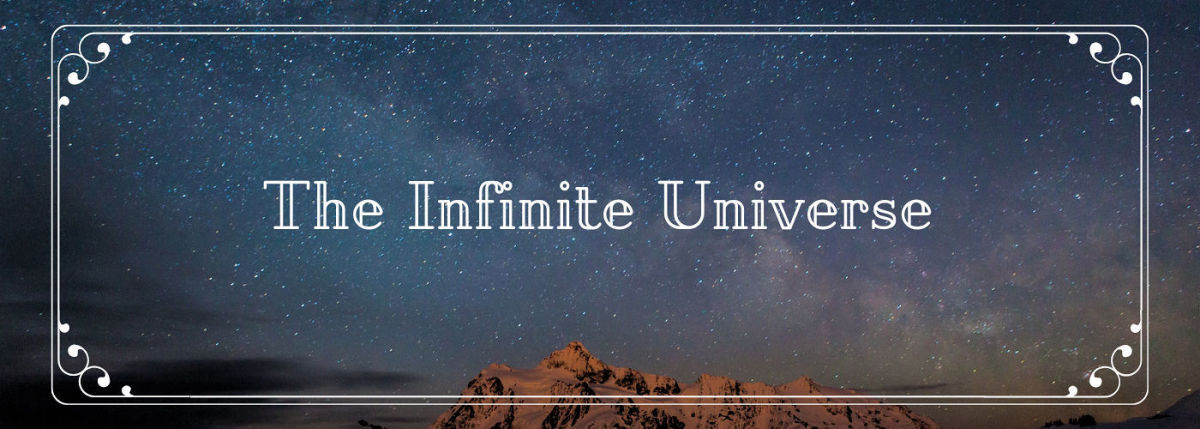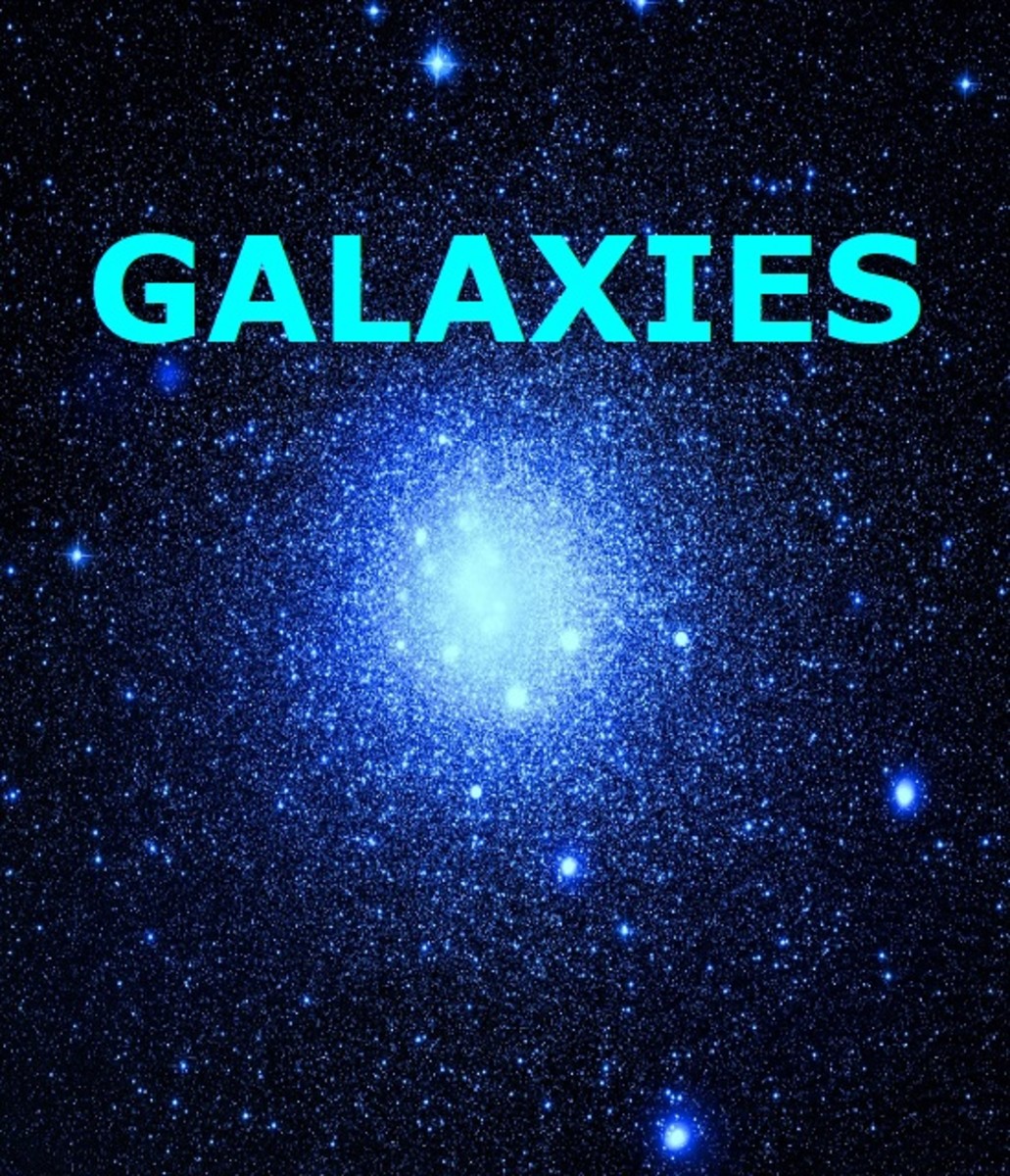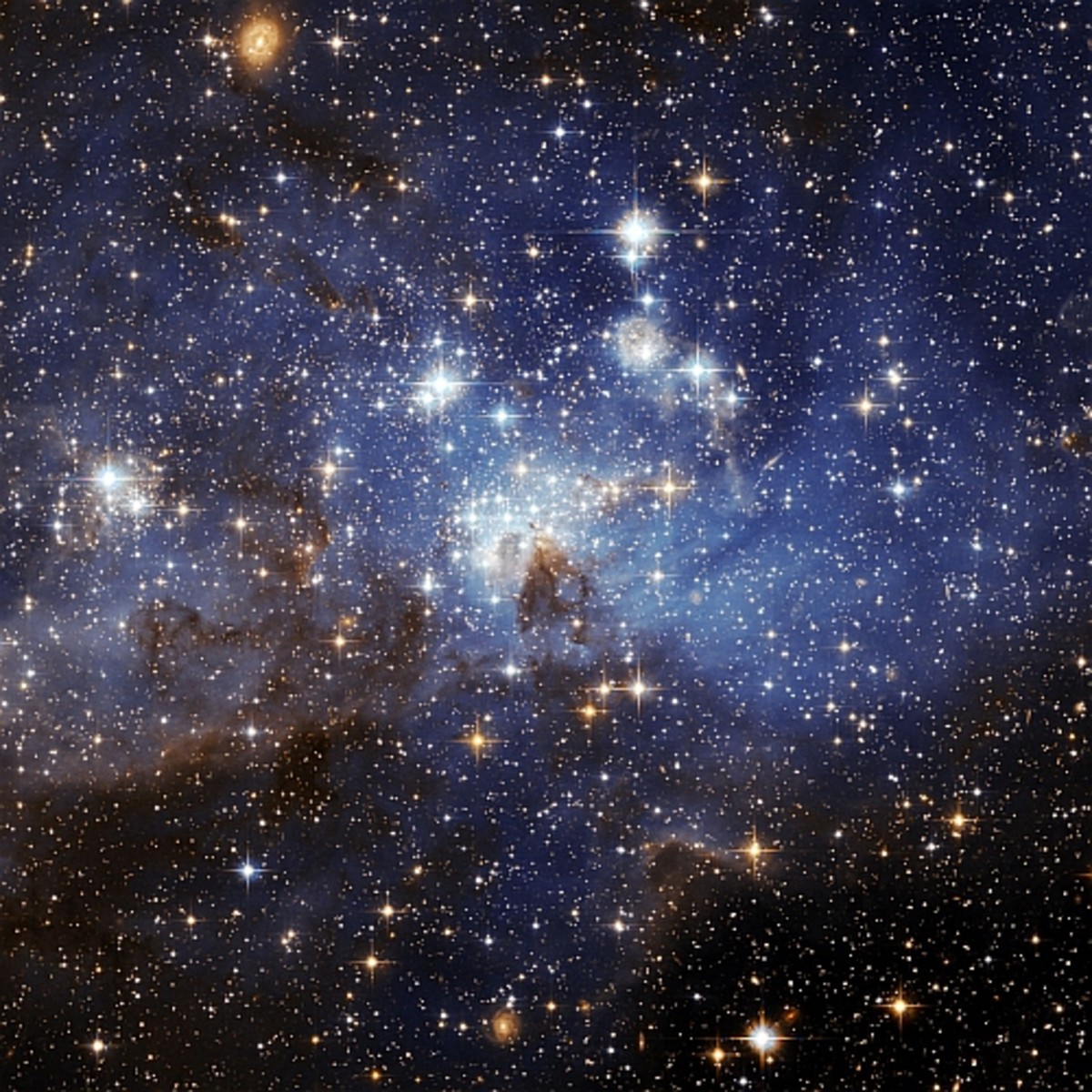Origins of the Universe
FAR HORIZONS
Space is so vast that astronomers have had to devise special units to keep their figures manageable. Their basic unit of distance is the light year - the distance light travels in one year, or 9.461 million million kilometres (about 6 million million miles). But they also use an even larger unit known as the parsec, which is equivalent to 3.26 light years.
PIGEON PUZZLE
The strongest piece of evidence in favour of the Big Bang theory-that a vast explosion brought the Universe into being - was disregarded for a time. This was because the evidence was thought to be caused by pigeon droppings on radio antennae. Technicians working for the US Bell Telephone Company blamed the birds when, in 1965, their equipment picked up radiation from space on a wavelength of 3.2cm. They were wrong.
The radiation was real, and its existence helped to confirm the Big Bang theory, first propounded in 1927 by the Belgian astronomer Georges Lemaitre (1894-1966). Unknown to the technicians, US astronomer Robert Dicke had calculated in 1964 that precisely this sort of radiation should exist, on that wavelength, as an 'afterglow' of the Big Bang.
FIRST MOMENTS
Scientists have been able to construct a 'history' of the Universe back to a tiny fraction of a second after the Big Bang took place. At that moment, it is reckoned, there occurred the first comprehensible event of the creation: gravity broke free from the single unifying force that had hitherto existed. What happened before this is still a mystery. But scientists estimate that gravity broke free less than 1 second after the Big Bang-or a decimal point followed by 42 zeros and a 1.
CREATION'S CRUCIBLE
The figures involved in the concept of the Universe's origin are, in every sense, astronomical. A fraction of a second after creation, the temperature of the Uni- verse is calculated to have been more than 100,000 million degrees Centigrade. Only 60 seconds later it had fallen to 10,000 million degrees. Today the Universe's average temperature is - 270'C, just 3'C above absolute zero, the lowest possible temperature.
ARE WE ALIENS?
Life may have originated in space and been brought to Earth aboard a comet, according to a theory published in 1978 by the English astronomer Sir Fred Hoyle and the Sri Lankan astronomer Chandra Wickramasinghe. The creation of living material involves too many coincidences for it to have occurred on Earth. It required all the resources of space. They argue that life probably formed elsewhere, then was deposited here by accident and thrived in the favourable conditions.
RIDDLE OF THE NEUTRINO
Among the most mysterious components of the Universe are neutrinos. They are unimaginably tiny sub- atomic particles. Yet some scientists suspect that they may form 90 per cent of the mass of the Universe, providing enough gravitational pull to slow and eventually reverse the headlong flight of the galaxies. Despite their possibly central role as the Universe's glue, neutrinos are so difficult to study that their nature remains elusive. The particles. which travel at the speed of light, carry no electrical charge and can pass right through the Earth without even slowing down. Millions will pass through this page and through you in the time it takes to read it.
FINAL MYSTERY
The theory of how the Universe began may now be generally agreed, but the way in which it will end is not. Everything depends on the average density of the Universe's matter. If the density exceeds a certain critical point. there will be enough gravitational pull to draw the galaxies back together and possibly cause a new Big Bang.
But if the density is below this point then the galaxies will go on flying endlessly apart. At present, there does not seem to be enough mass to hold the Universe back from endless expansion. But there is evidence of considerable hidden mass, perhaps concealed in invisible black holes. So a new explosion of colliding galaxies could still occur thousands of millions of years from now.


